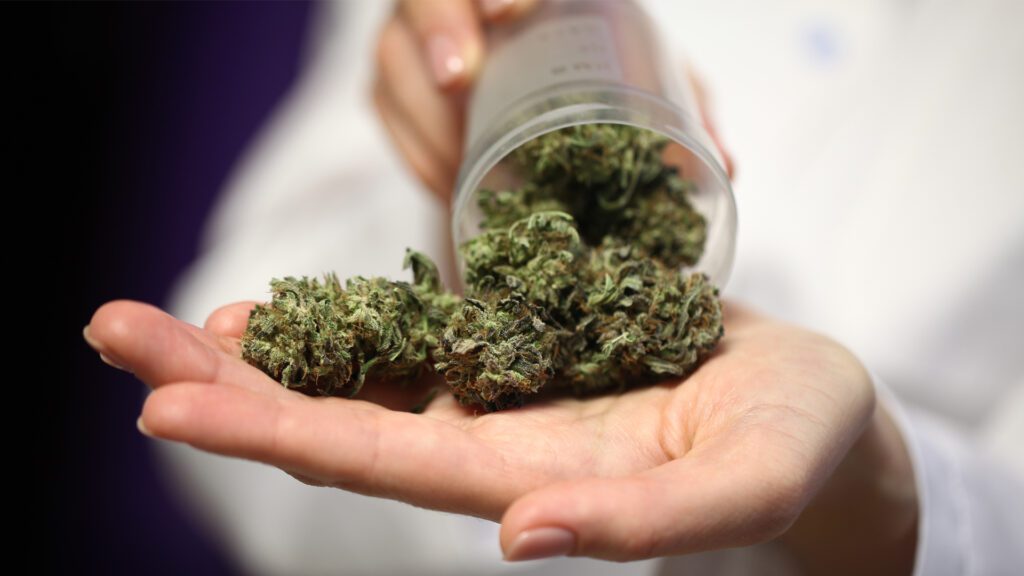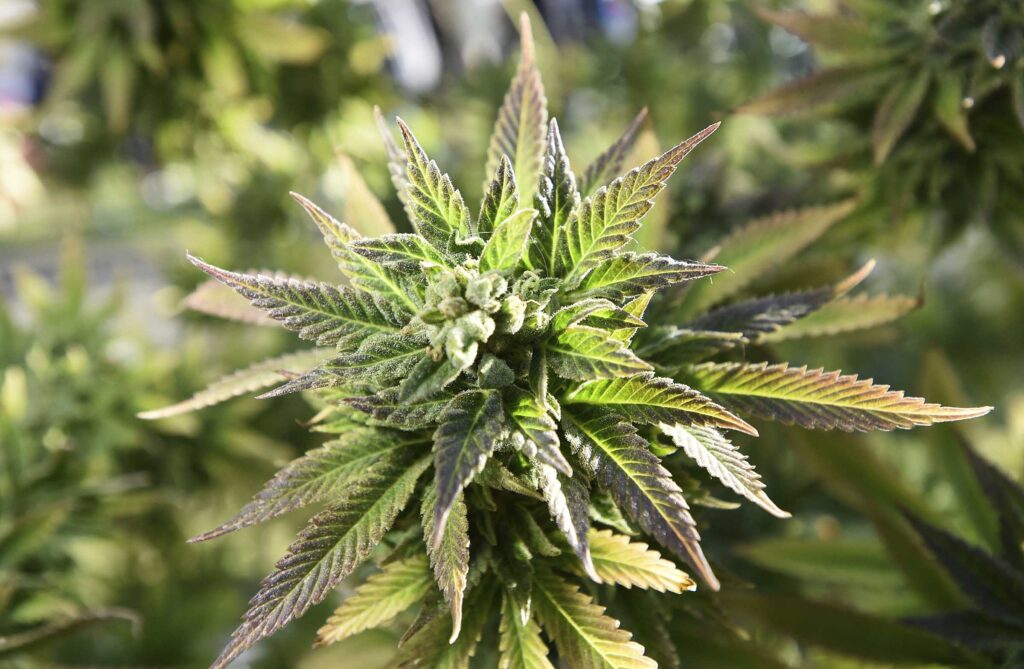How to Craft a Joint or Spliff Filter for a Seamless Smoking Experience
Imagine this scenario: You’ve just scored some top-notch weed from the dispensary and are eager to roll it up. You’ve got your grinder and rolling papers ready, but there’s one crucial element missing – the crutch. But before you lose hope, let’s delve into everything you should know about crutches, also known as joint filters.
Research suggests that medical cannabis may have the potential to alleviate various medical conditions. If you are considering using cannabis to address your health issues and reside in Los Angeles, the first step is obtaining a medical marijuana card Los Angeles.

What is a Crutch or Joint Filter?
When you purchase a pre-rolled joint, it comprises three essential components: the rolling paper, the cannabis inside it, and the crutch positioned at the end for inhaling. Commonly known as a crutch, filter, or tip, it’s a simple yet valuable enhancement to the standard joint. Essentially, it functions as a mouthpiece and serves several important purposes:
- Keeps the joint’s end open: This is especially handy when sharing with friends who might have moist lips.
- Provides structural support: It helps maintain the joint’s shape and prevents it from bending or collapsing during smoking.
- Prevents plant matter from entering your mouth: The crutch acts as a barrier, ensuring you don’t accidentally inhale bits of cannabis.
- Protects your lips and fingers: As you smoke down to the very end of the joint, the crutch safeguards your lips from heat and prevents your fingers from getting burned.
In the past, before the popularity of crutches, smokers used roach clips when they reached the tiny remaining bit of cannabis at the end of a joint, known as the “roach.” With a roach clip, they could continue smoking without burning their fingers.
Crutches eliminate the need for roaches and roach clips. You can smoke the entire contents of a joint down to the crutch without the risk of burning yourself. Once you’ve finished, you can easily discard the crutch without losing any cannabis.
While blunt wraps are typically more robust and can serve as a natural crutch, you have the option to add one if you prefer. The only distinction is that a crutch for a blunt needs to be larger to accommodate the wider diameter of the blunt.

What Materials Are Used for Making Crutches?
Unless you prefer a reusable glass tip, the ideal material for crafting a crutch is semi-stiff paper. It should be thicker than standard printer paper, which tends to be too flimsy, yet thinner than the cardboard from a cereal box, which can be too bulky. Ideally, the paper used should have minimal ink and dyes.
In today’s market, many companies offer pre-cut crutches, with RAW’s regular tips being a popular choice. These tips are considered the industry standard. They are crafted from long fibers of hemp-based paper, produced in a specialized mill. They are unbleached and meticulously designed to facilitate smooth rolling while offering the right level of rigidity to maintain their shape when placed in your mouth.
Here are some alternative materials that work well for crafting crutches:
- Flap from a Rolling Paper Pack
- Index Card
- Manila File Folder (excluding the adhesive part)
- Back Flap of a Checkbook
- Magazine Subscription Card
- Certain Business Cards (avoid thick ones)
- Thin Cardboard Scrap

The Simple (Yet Imperfect) Method for Crafting a Crutch
The conventional approach for crafting a crutch involves rolling it into a cylindrical shape to match the joint’s size. When viewed from the front, it resembles a spiral. However, this method has a significant drawback: the spiral’s openings at the center of the crutch are large enough to allow small bits of plant material to pass through, potentially ending up in your mouth. Additionally, these fragments can accumulate and block the joint as they heat up and the plant oils melt.
Another issue is that this method lacks structural stability and can occasionally pinch closed. Does it get the job done? Yes, but we have a more effective alternative.

Creating a Joint Filter: Step-by-Step Guide
- To begin, start by creating a few initial folds at the end of your crutch material, ensuring that these folds are approximately as wide as you’d like your final crutch to be. Be cautious not to create sharp creases in the paper during this folding process, as this could result in the final crutch being too tight.
- The number of folds you choose to use is a matter of personal preference. Some individuals opt for an “M” shape within the crutch, while others prefer a simple “V.” Feel free to experiment to determine which style suits you best.
- Once you’ve completed these initial folds, proceed to roll the remaining crutch material around the folded section. Ensure that you leave enough unfolded paper to completely encase the crutch. This will make it easier to roll the final product between your fingers.
- You may notice that the crutch has a tendency to unroll or expand on its own. This is perfectly normal. Once you incorporate the crutch into your joint, this elasticity will help prevent it from slipping out of the end.
- Place the crutch at one end of your rolling paper and roll it into your joint. Some individuals prefer to leave a small portion of the crutch exposed initially and then press it flush with the edge of the rolling paper once they have finished rolling.
If you reside in Los Angeles and intend to use medical cannabis to address your health concerns, it’s essential to possess a medical marijuana card. To obtain this card, you’ll need to contact a medical marijuana doctor else you can get your MMJ card online.



